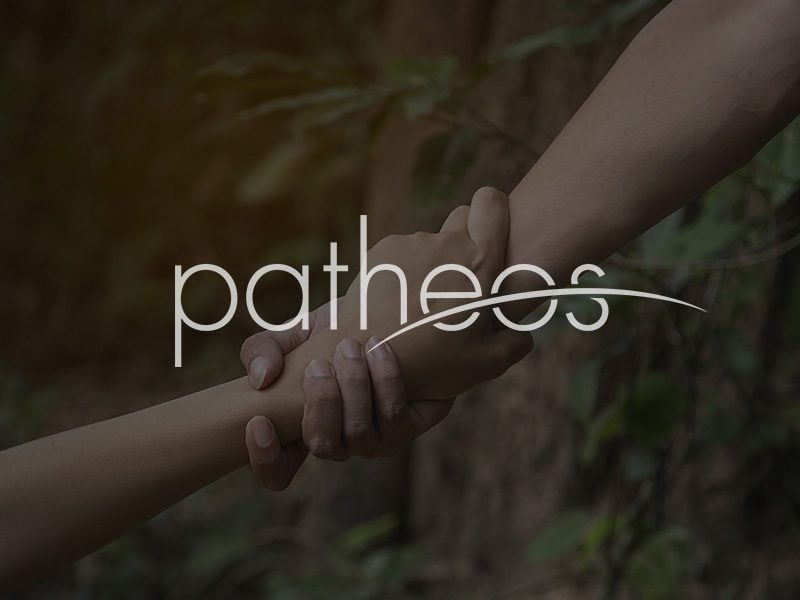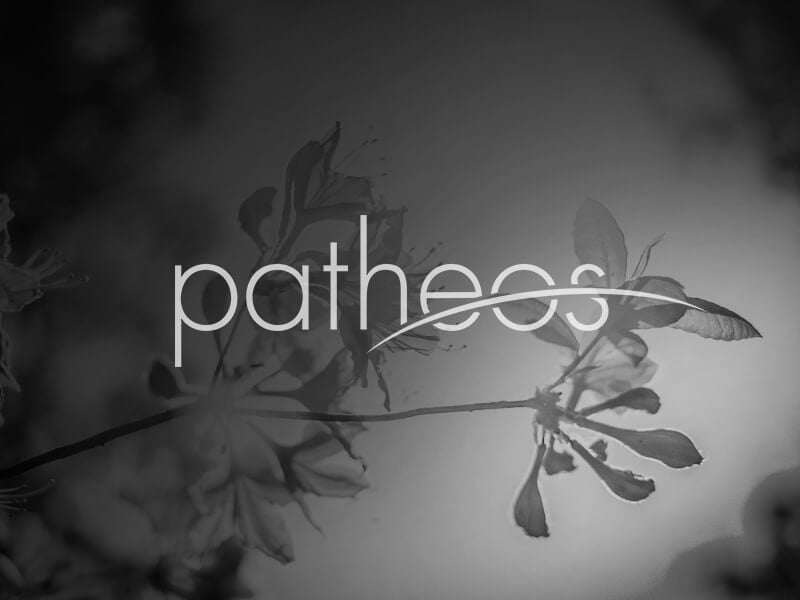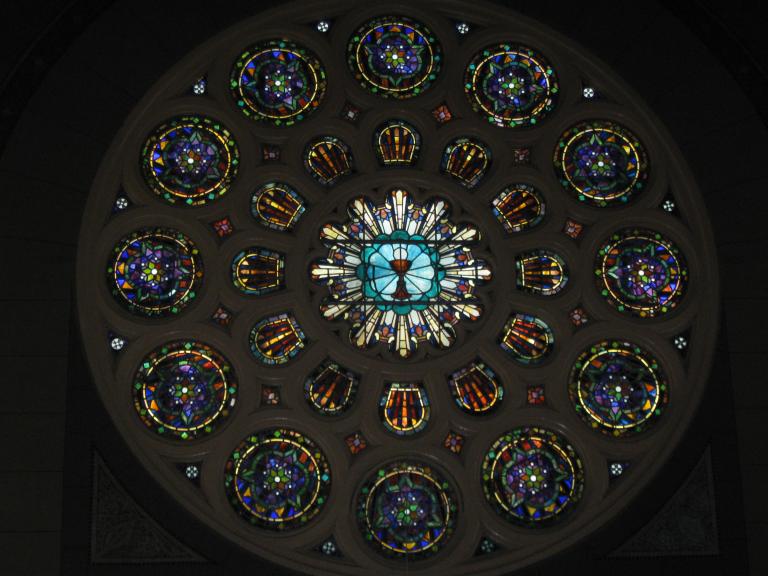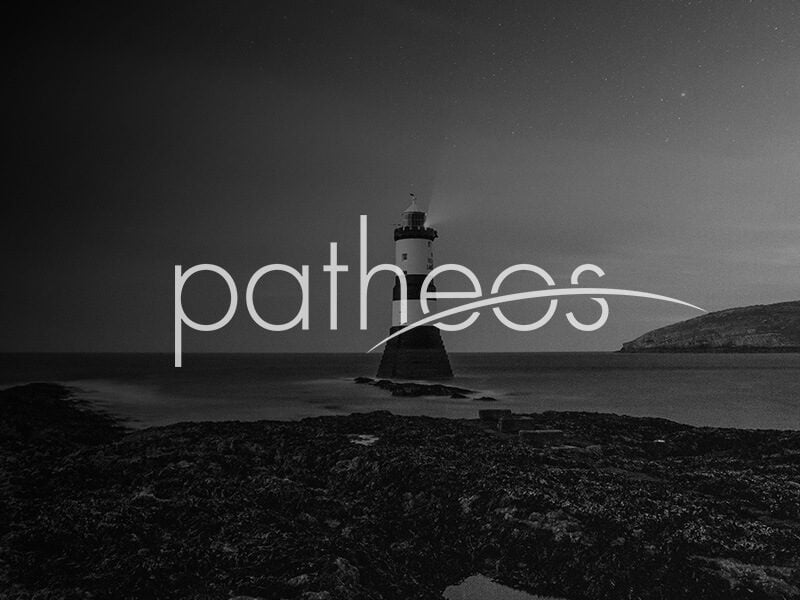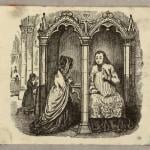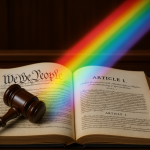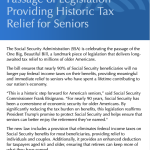This article first appeared in the Summer 2020 Newsletter of the Brothers and Sisters of St. Francis Region of the Secular Franciscan Order, and is reproduced here with permission. It is specifically addressed to Secular Franciscans, but I think the underlying ideas should be relevant to all Catholics, particularly in an election year.
To avoid formatting issues, I reproduce here an earlier, slightly different version.
At my first meeting of the regional executive council last February, a big item on the agenda was planning for the upcoming (but now, sadly, canceled) Annual Regional Gathering. As part of this the council read through comments that were submitted by participants after the 2019 ARG. I was struck by a number of complaints that revolved around two intertwined ideas: that topics addressed at the ARG were “too controversial” and were “too political.” I was surprised as nothing in the agenda or the contents of the talks (as reported to me—I was not there) struck me as either.
However, on reflection I realized that I had run into this attitude on social media, and since the murder of George Floyd and the ensuing anti-racism protests, it has become more frequent. Immigration, the treatment of refugees and asylum seekers, racism, police violence, Black Lives Matter: these subjects, and others, are considered controversial and political, and therefore should not be brought up by Secular Franciscans.
I think this attitude is mistaken: as Franciscans we are called to be both controversial and political. Here I want to explain why, and address what I believe are some common concerns.
It all begins with our Rule. Article 15 says:
Let them individually and collectively be in the forefront in promoting justice by the testimony of their human lives and their courageous initiatives. Especially in the field of public life, they should make definite choices in harmony with their faith. (emphasis added)
To be at the forefront of any movement to promote justice will be, inevitably, controversial. Addressing any social and political injustice requires challenging either the people who support the injustice (for whatever reason), or the larger number who are made uncomfortable by any attempts to change the status quo. As Martin Luther King Jr. said in his Letter From A Birmingham Jail, addressing religious leaders (including the bishop of Birmingham) who felt the demonstrations he was leading were provocative and unwise:
I must confess that over the past few years I have been gravely disappointed with the white moderate. I have almost reached the regrettable conclusion that the Negro’s great stumbling block in his stride toward freedom is not the White Citizen’s Counciler or the Ku Klux Klanner, but the white moderate, who is more devoted to “order” than to justice; who prefers a negative peace which is the absence of tension to a positive peace which is the presence of justice.
So if we are going to be obedient to our rule, we are going to have to, at times, make other people uncomfortable by proposing controversial ideas and courses of action. Moreover, this also means we are going to have to make ourselves uncomfortable. Like any examination of conscience, we need to ask ourselves, “What have I done, and what have I failed to do” to confront this evil? This discomfort is not a goal: as Franciscans our goal should be peace and justice. But at times it will be painful for ourselves and others; these are the labor pains of a better world:
A woman giving birth to a child has pain because her time has come; but when her baby is born she forgets the anguish because of her joy that a child is born into the world. So with you: Now is your time of grief, but I will see you again and you will rejoice, and no one will take away your joy. (John 16:21-22)
With regards to the complaint that these controversial topics are “too political”: I agree they are political, and that is a good thing. Politics, as St. Thomas Aquinas—following Aristotle—taught, is devoted to the common good. Or as our Rule puts it, it is action in “service of the human community.” (Article 16) Here we need to distinguish between political and partisan. To be political is to address ourselves to the broader concerns of the community and public life. To be partisan is to advocate for the positions of a particular political party or ideology. These are closely related, as supporters of parties and ideologies often highlight specific problems or argue for their preferred solutions. The Church in general, and the Secular Franciscan Order in general, is not to be partisan: as a Church and order we do not support particular political parties.
But the Church can and must be political. In response to charges that the Church should not comment on social and economic questions, Pope Pius XI was clear:
[T]hat principle which Leo XIII so clearly established must be laid down at the outset here, namely, that there resides in Us [the Pope] the right and duty to pronounce with supreme authority upon social and economic matters….For as to these, the deposit of truth that God committed to Us and the grave duty of disseminating and interpreting the whole moral law, and of urging it in season and out of season, bring under and subject to Our supreme jurisdiction not only social order but economic activities themselves. (Quadragesimo Anno, 41)
In the same way, as Secular Franciscans, to be faithful to the Church and to our rule, we must also speak and act upon social, economic and political questions if we are to bring our faith to bear “in the field of public life.” In doing so, we are guided by Catholic social teaching, which is, as Pius XI explained, the application of the moral law to these questions. The range of issues covered is broad, and includes many that are regarded as both controversial and political. The Second Vatican Council gave one list of concerns; this list was later quoted by Pope St. John Paul II (Veritatus Splendor 80) as examples of grave and intrinsic moral evils:
Whatever is hostile to life itself, such as any kind of homicide, genocide, abortion, euthanasia and voluntary suicide; whatever violates the integrity of the human person, such as mutilation, physical and mental torture and attempts to coerce the spirit; whatever is offensive to human dignity, such as subhuman living conditions, arbitrary imprisonment, deportation, slavery, prostitution and trafficking in women and children; degrading conditions of work which treat laborers as mere instruments of profit, and not as free responsible persons: all these and the like are a disgrace, and so long as they infect human civilization they contaminate those who inflict them more than those who suffer injustice, and they are a negation of the honor due to the Creator. (Gaudium et Spes, 27)
These are the evils we are called, as Franciscans, to address. In doing so, we will often find ourselves aligned with the stance of one political party or another, or find ourselves criticizing the actions of the government (controlled by one party or another). This, in and of itself, does not make us partisan. Instead, this alignment reflects what the Council said at the beginning of its constitution:
The joys and the hopes, the griefs and the anxieties of the men of this age, especially those who are poor or in any way afflicted, these are the joys and hopes, the griefs and anxieties of the followers of Christ. (Gaudium et Spes 1)
So the next time the discussion—in your fraternity, on social media, or here in the pages of Communio—turns to something “controversial” or “political”, don’t condemn it out of hand because you associate it with a political party or movement you oppose. Instead, ask yourself: what does the Church teach on this matter? Why is this so controversial, and why do I find it so unsettling? What do I personally, and we as a community, need to do to advance the common good in this situation?


